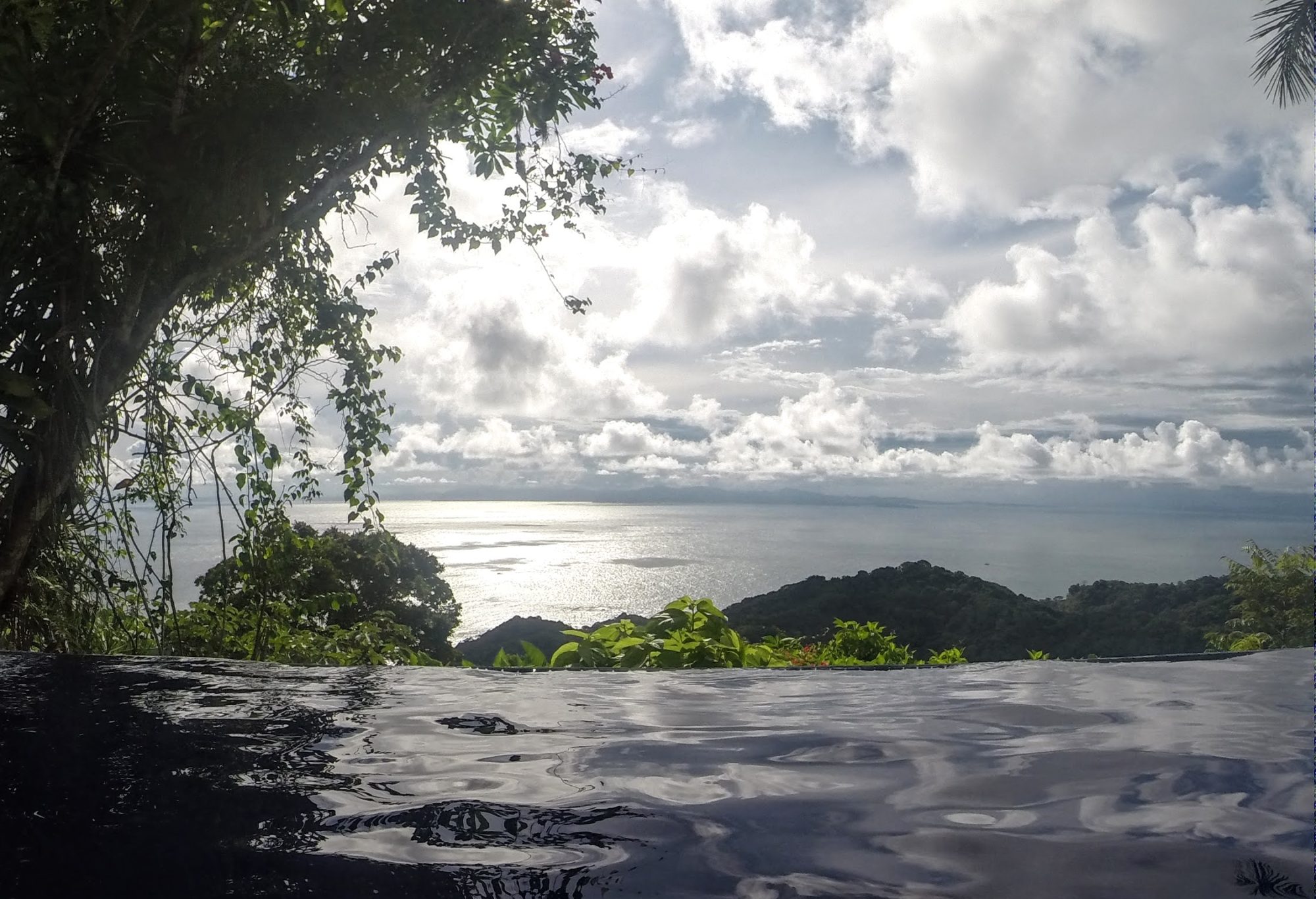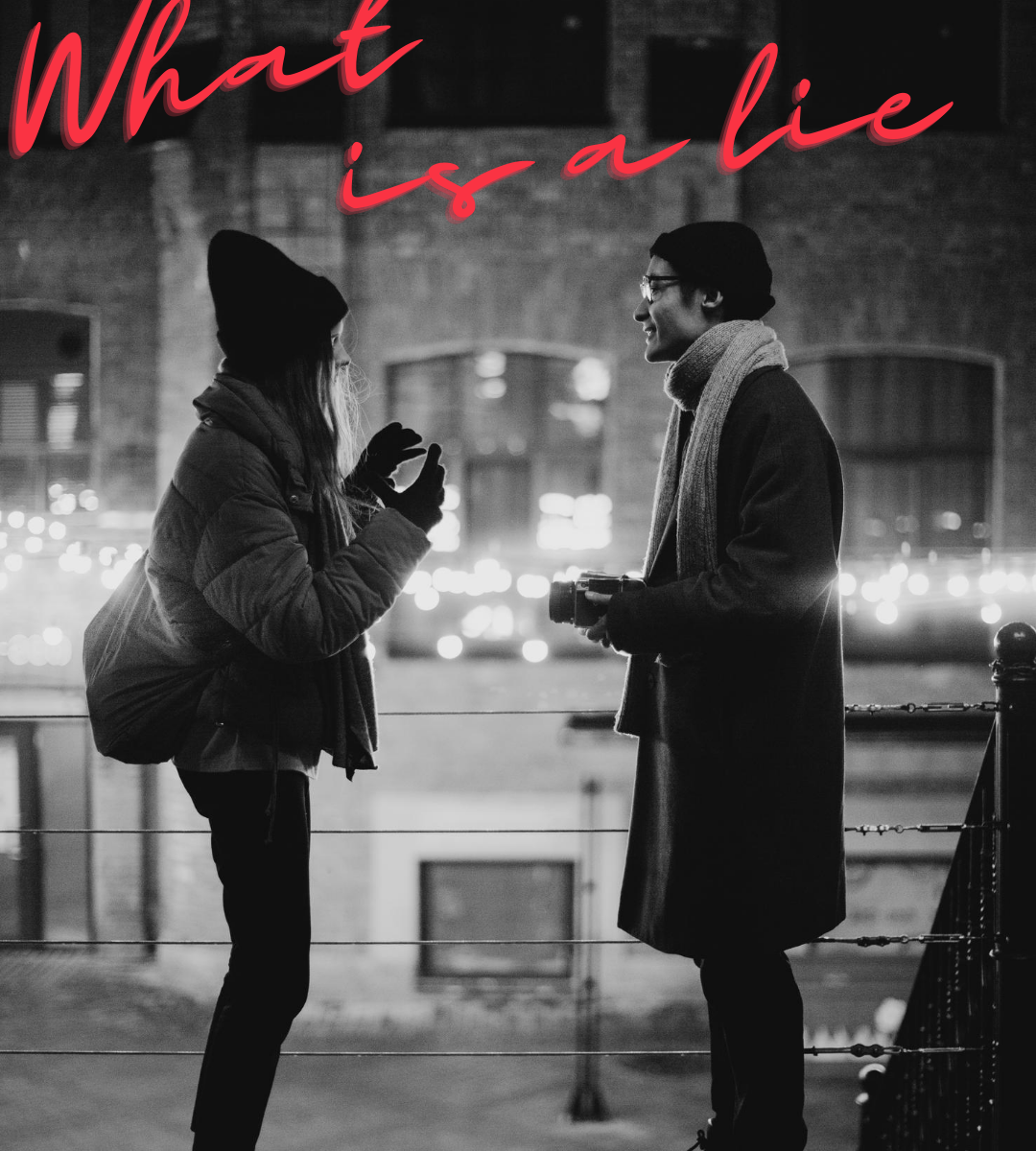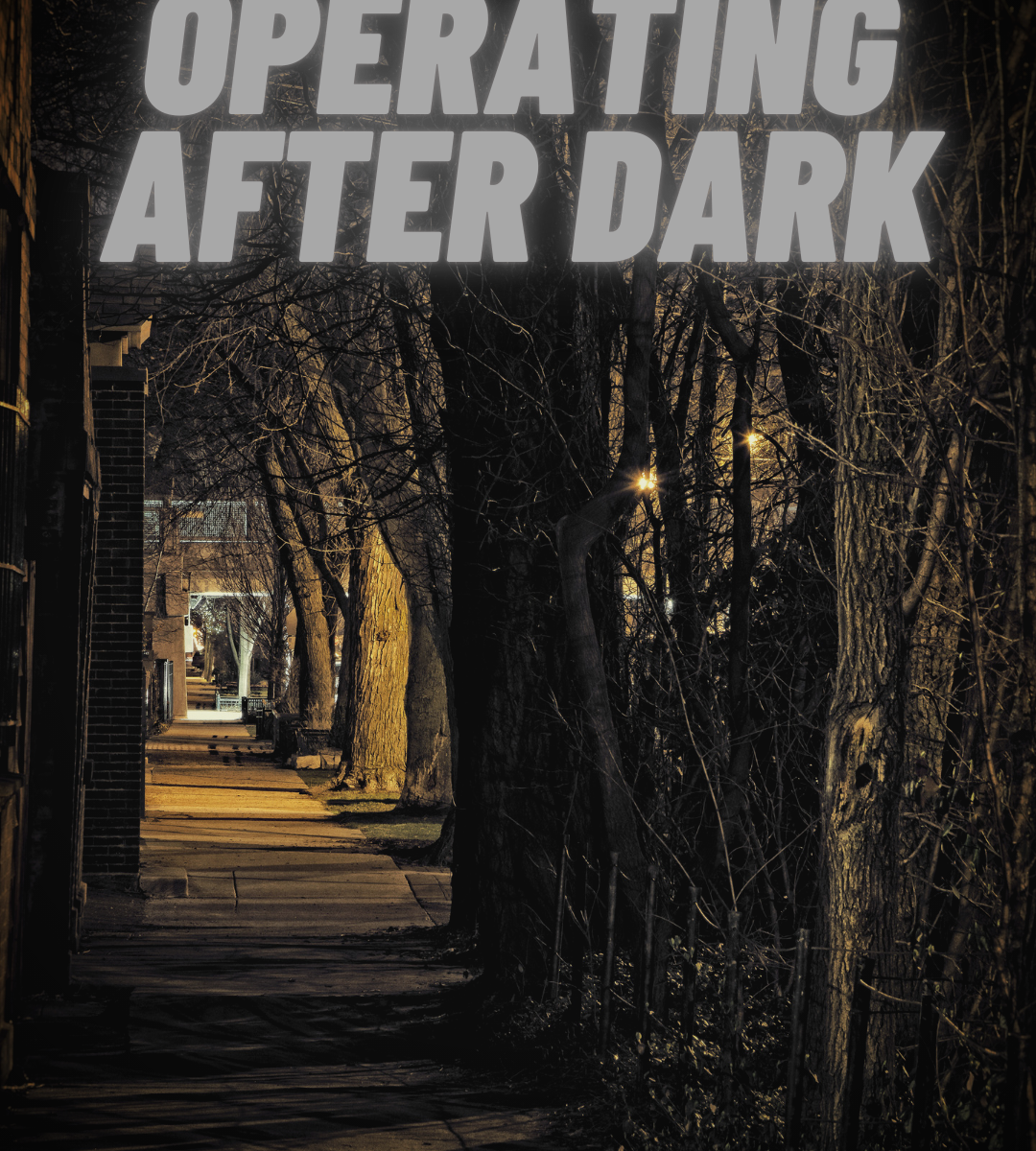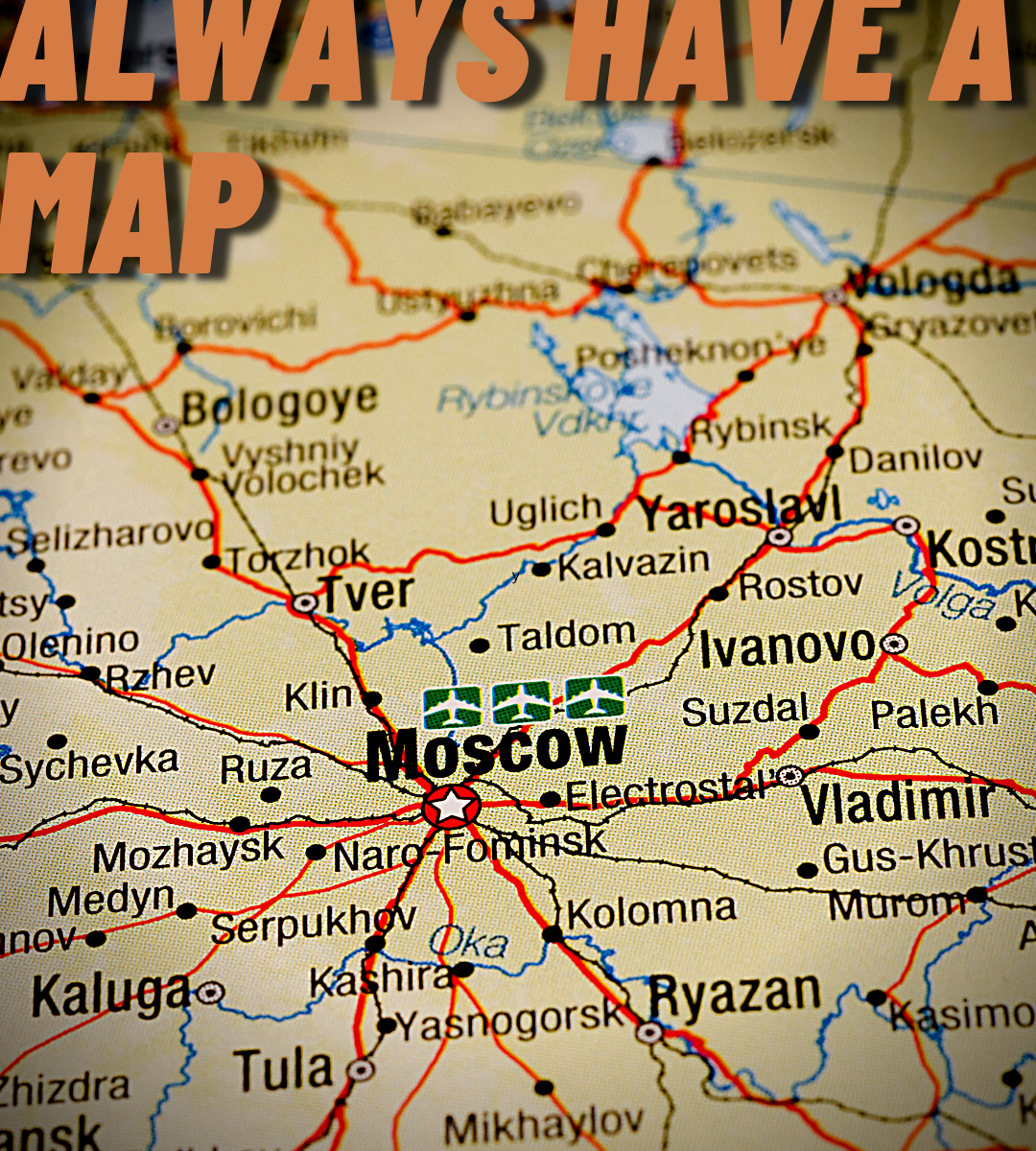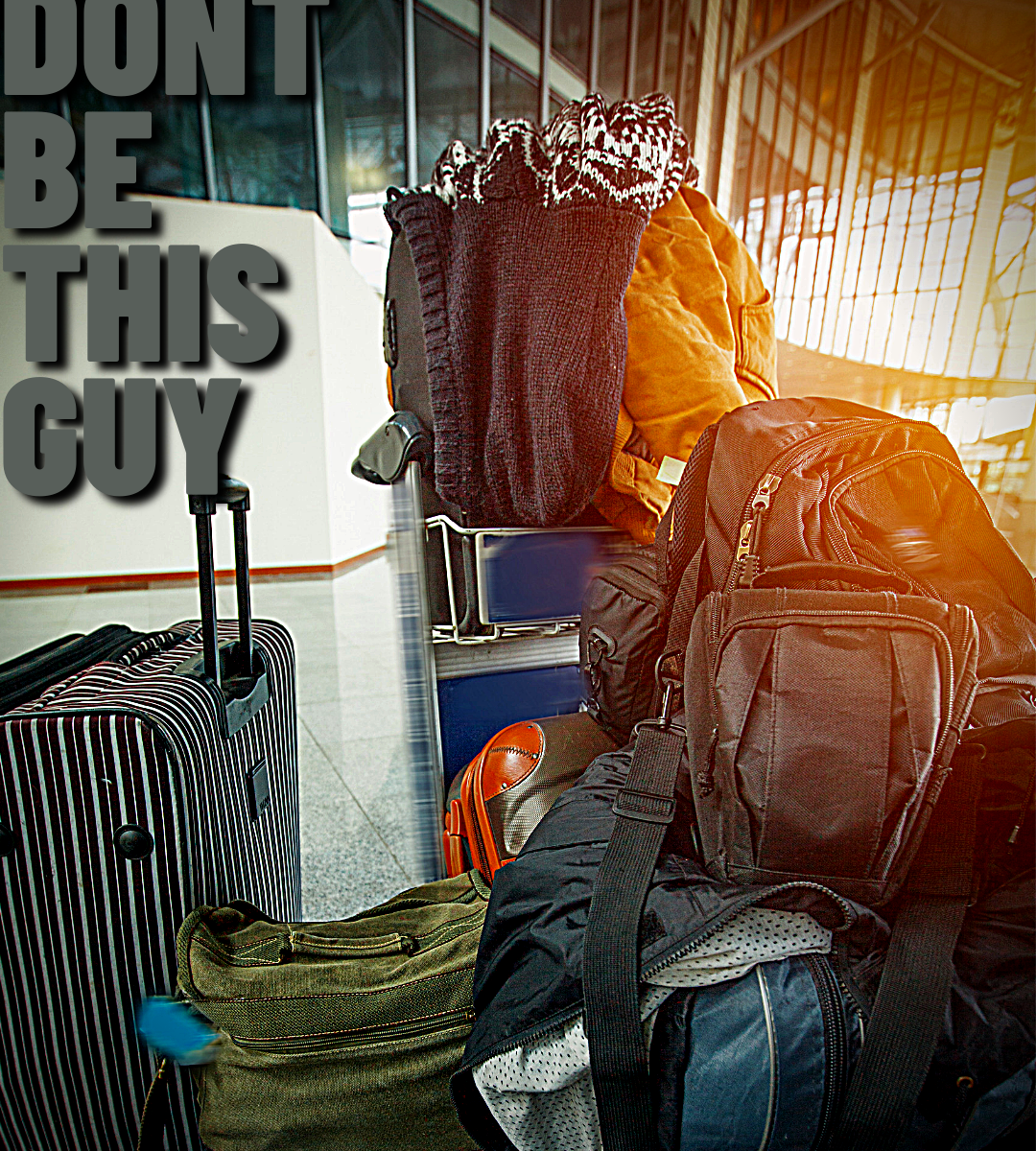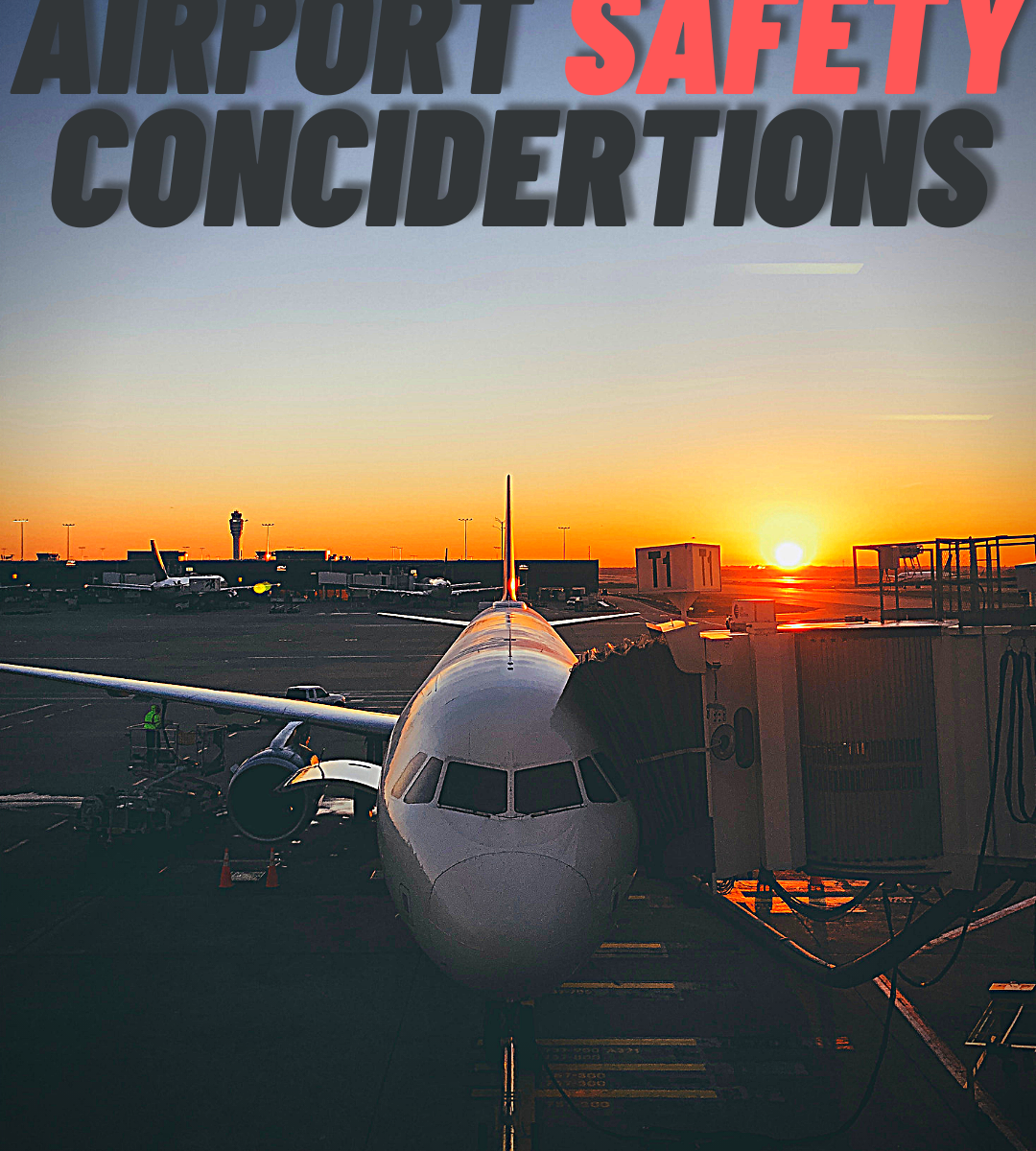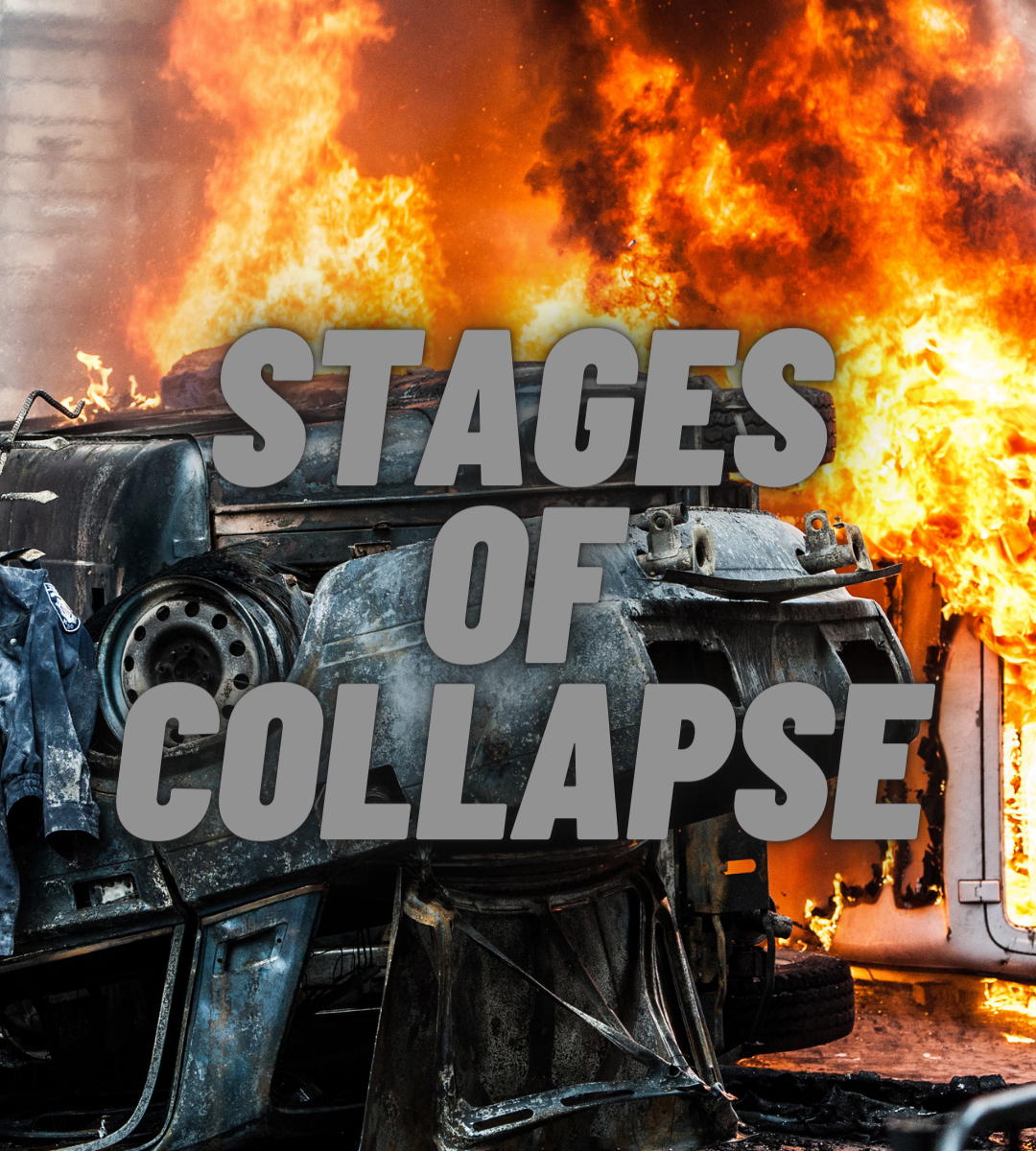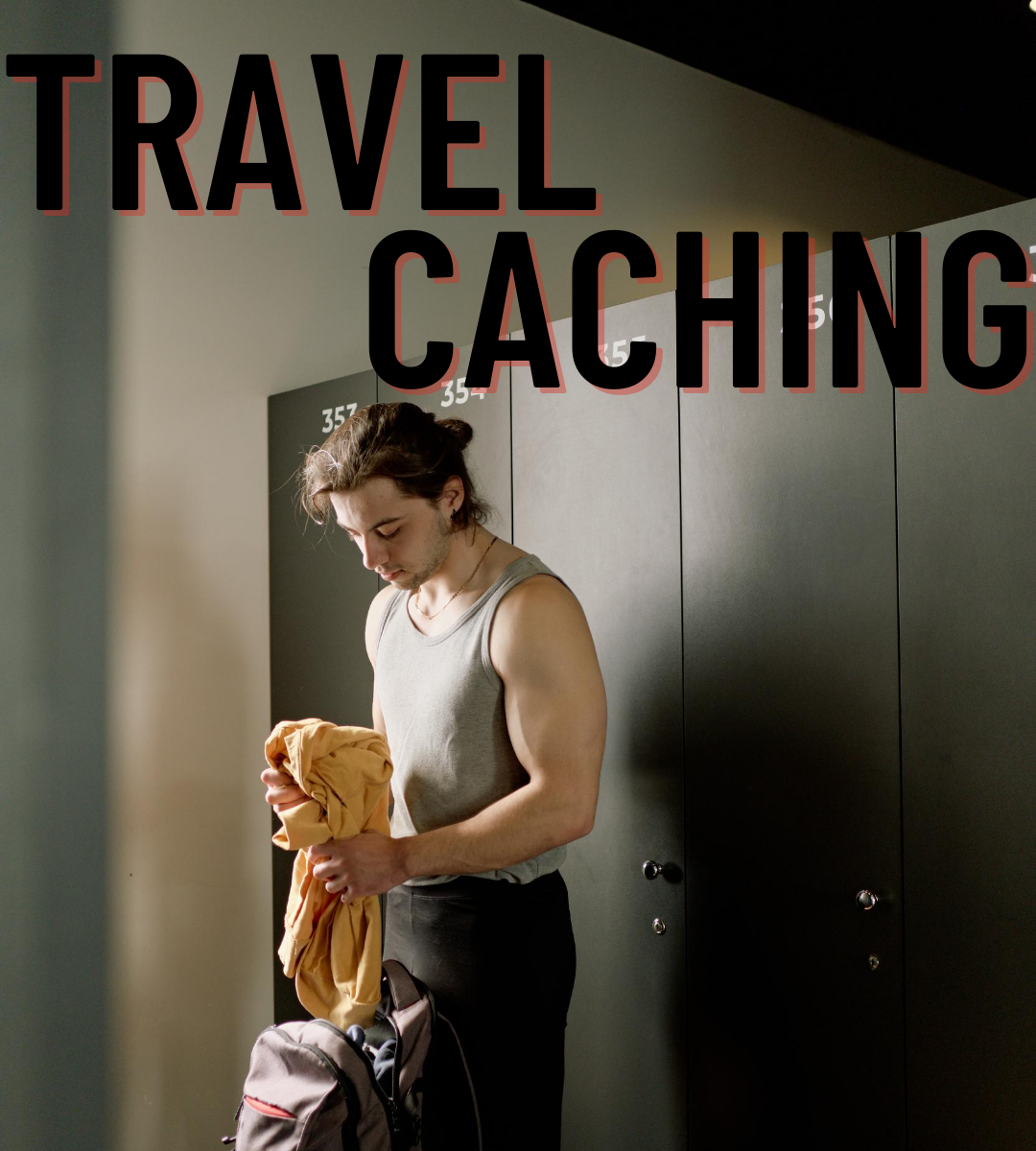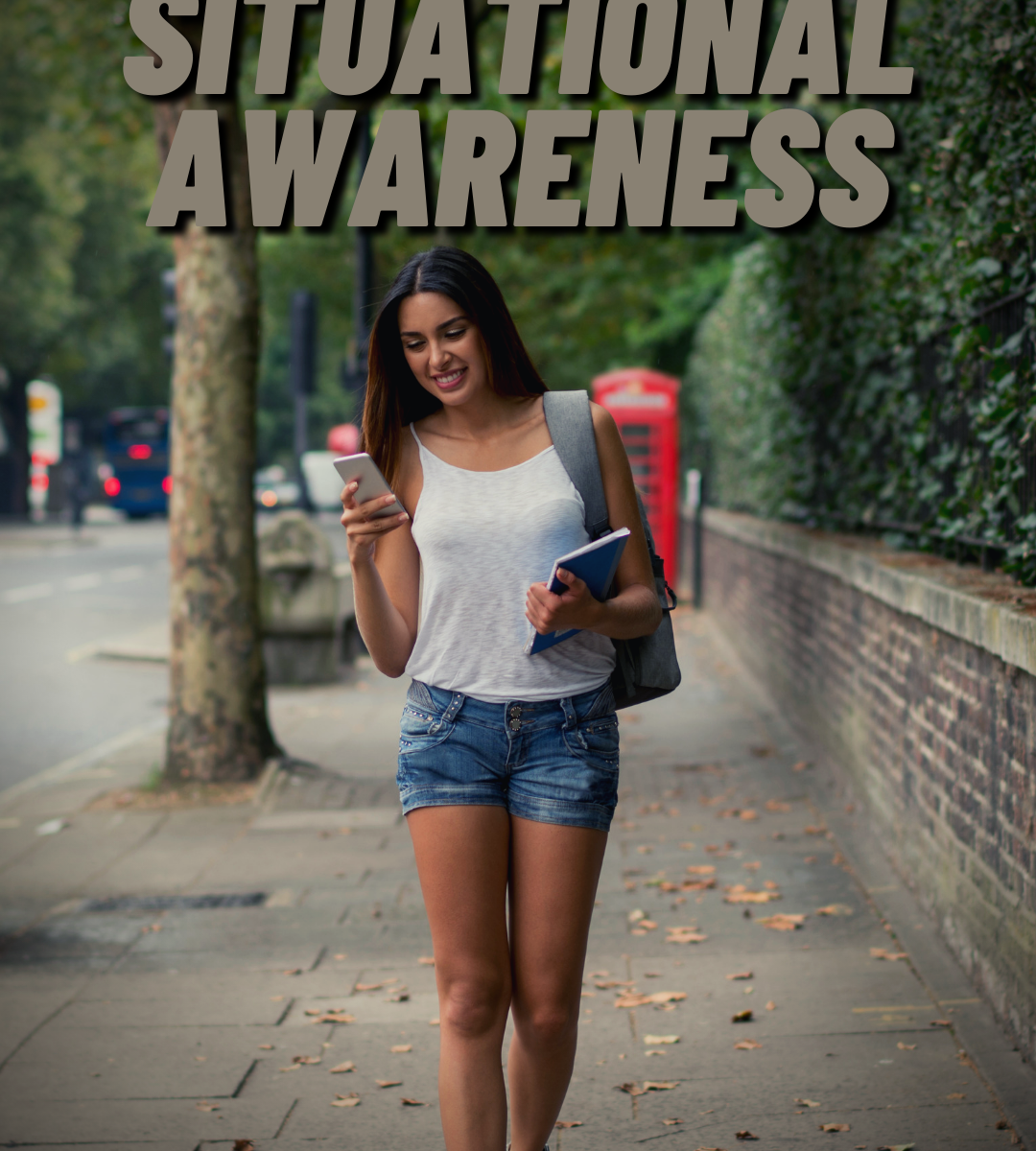A lie is a false statement made by one, to another who is entitled to hear and know the truth and which false statement tends toward injury to the other.
~JJ.lune
Whether to Lie or not, with only a few exceptions, is a moral issue. This means everyone has to make their own decision on when it is acceptable to lie. Of course with the few exceptions, when telling a lie is in fact illegal.
This mainly applies to your personal information security which in this day and age can also be your physical security. Does the random person on the subway that started talking to you need to know where you were born, how old you are, where you live, where you work, how many kids you have and that you were just promoted to a new project at work?
Is this person just a friendly commuter looking for conversation? or are they a corporate spy looking for info on this new project that they can exploit or maybe they saw your suit and nice watch and want to know where to you live to steal your stuff.
The point is you can’t always tell a persons intentions from a single meeting and I get it most people naturally want to open up and after generations of cultural pressure feel un comfortable lying or even not telling the full story. This can be used to your advantage if you are the one gathering the information but be careful if you are on the revealing end.
I am not saying lie to every one who strikes up conversation with you but maybe be more vague in your answers until you get to the know the person. Trust but verify.
If you are having moral hesitations ask yourself these questions and it light put you at more ease. is there a benefit or a risk to revealing this information and does telling them make you safer or less so?
JJ Luna gives an example of his personal guide lines that he follows in his book How to be invisible.
1. If no harm will be done, and no oath is sworn he gives false information.
2. If an oath is sworn or to be sworn he does not lie.
3. He MAY withhold or not volunteer info to government representatives unless specifically asked depending on the situation but he will not lie.
4.Under no condition whatsoever will he file a false tax return.
These are easily applied in person and can be used for your digital life as well. I have however modified these rules as these days its not so much about giving false info as it is about giving varied info, having sets of information for different purposes and making sure these sets don’t cross over with one another( thats the hardest part) I will cover this in more detail in a future post.
If you enjoyed this post take a look at our TRUSTED RESOURCES page. If you decide to use any of the links and purchase anything we may get a small commission that helps support the site.
Sign up for our email list and you will receive exclusive content that adds to the articles we post here.
